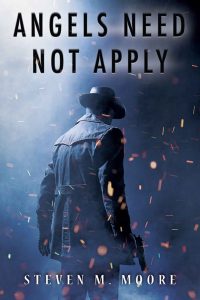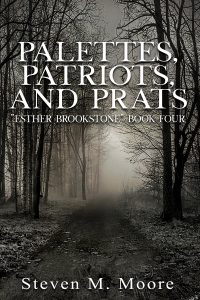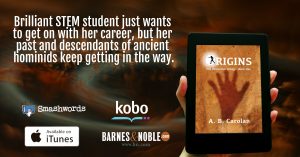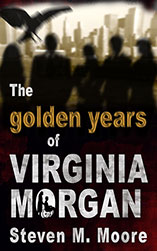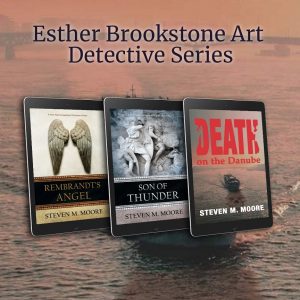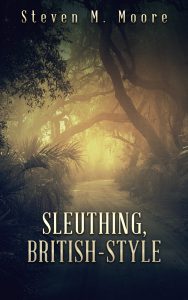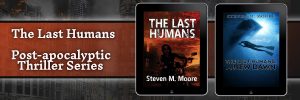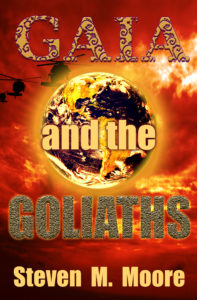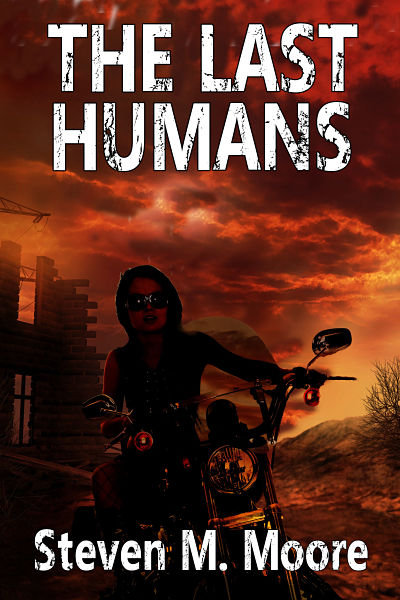My favorite short fiction…
Wednesday, June 2nd, 2021I’m considering both others’ stories and my own. First, those others gems:
“To Serve Man.” You might have seen the Twilight Zone episode based on this Damon Knight classic short story published in 1950. It has influenced all my ironic sci-fi short fiction. And Mr. Knight’s Creating Short Fiction should be on every writer’s reference shelf.
“The Marching Morons.” I’ve been using the title and referring to this novella in these pages for a while now to describe Trump’s voters (thanks to SecState Tillerson for reminding me of the story by calling Trump a “f*&^ing moron). When C. M. Kornbluth published this novella in 1951, a gem filled with irony and satire, he couldn’t have known how well it described so many voters. Moronic, lemming-like behavior often seems more contagious and deadly than Covid.
“To Build a Fire.” Our eighth-grade teacher read this Jack London gem from 1908 to us. I’ll never forget this story about desperation and struggle for survival. It too has influenced my writing. You might be more familiar with the author’s novel Call of the Wild (recently made into an excellent movie starring the ancient Harrison Ford), but this short story shows the power of short fiction—few words making a big impact.
“The Silk and the Song.” Charles Louis Fontenay’s 1956 novella is another gem that’s both haunting and a lesson about escape from slavery. It influenced several of my novels and deserves a lot more credit than it has received.
All three sci-fi stories are on my list of “Best Sci-Fi Short Fiction.” (By the way, I apologize. That and other “best” stories mentioned on my website are now archived offline. Drop me a note using my contact page if you’d like a copy.)
Now for my favorites from my own oeuvre:
“The Phantom Harvester.” Someday I might make this mystery/thriller story into a novel. Certainly enough happens, and I’d like to develop the main characters, Castilblanco’s two adopted children, a bit more. It’s mostly a dark tale about evil and the opioid epidemic.
“Portal in the Pines.” A sci-fi tale about the wrong way to approach first contact, it’s a bit dark too. Unlike “The Marching Morons,” this is a bleak warning…and differing a bit from my usual sci-fi fare.
“Fascist Tango.” Like many of my stories, but especially my short fiction, this tale is a warning of what might happen; in this case, what if the US and the rest of the world continue the current spiral down into worldwide fascism. It’s also another tale that could become a novel one day, but in its first outing here, it’s just a novella I’m rather proud of.
“The Case of the Carriageless Horse.” If “The Phantom Harvester” is post-Castilblanco, this one is pre- and about Castilblanco’s first homicide case. I never found it completely satisfying, but it does show the detective’s promise that came to fruition in the seven novels in the “Detectives Chen & Castilblanco” series. Chen only has a cameo. It’s found in the anthology World Enough and Crime, and Donna Carrick reads it on her podcast (see the link on my “Home Page”).
“Gamin.” When I lived in Bogotá, Colombia, gamines were ubiquitous—these are homeless street urchins who begged and stole. Padre Luna, a true priest and gentleman (the Roman Catholic hierarchy in that country are hypocrites), would take some of them to his farms and try to turn their lives around. I had the idea that human colonies on the moon and beyond might have street urchins too—humans will surely take their social problems “out there” if we don’t destroy Earth first—so this seemed an appropriate story for the anthology Howling at the Moon. I think it’s one of my best.
And so there you have my current favorites. I say “current” because these are the short fiction works that came to mind while writing this post. I’ve read and written so many stories that tomorrow my list of favorites might change. What are yours? (You might jog your memory with the lists of “Best…” that I can send you from earlier blog posts.)
“The Phantom Harvester” and “Portal in the Pines” are free downloads found in the list on my “Free Stuff & Contests” web page. “Fascist Tango” is found in Pasodobles in a Quantum Stringscape, Volume Three, also a free download. “The Case of the Carriageless Horse” is found in the anthology World Enough and Crime, while “Gamin” is found in the anthology Howling at the Moon—both anthologies are available on Amazon, the first edited by the Carricks and the second by #WolfPackAuthors (I’m proud to be a member).
***
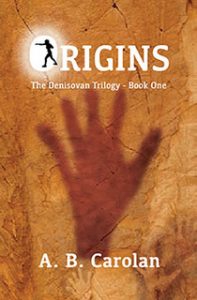
Comments are always welcome!
A. B. Carolan’s Origins: The Denisovan Trilogy, Book One. Syrian refugee Kayla Jones is a successful STEM student. Her bad dreams no longer torment her, but, just as she thinks she’s on her way to a rewarding career, strangers start pursuing her. With some friends who help her, she struggles to find out why. A. B.’s new action-packed mystery/thriller for young adults and adults who are young-at-heart is filled with suspense and ancient intrigue, and it will keep all readers guessing about what’s coming next. Available wherever quality ebooks are sold (but not Amazon).
Around the world and to the stars! In libris libertas!

